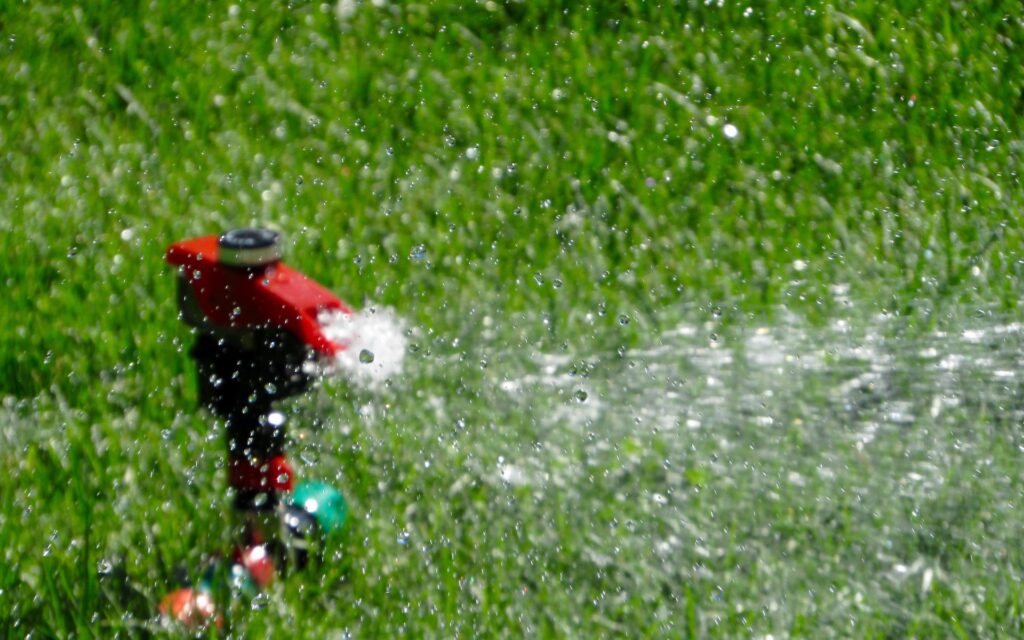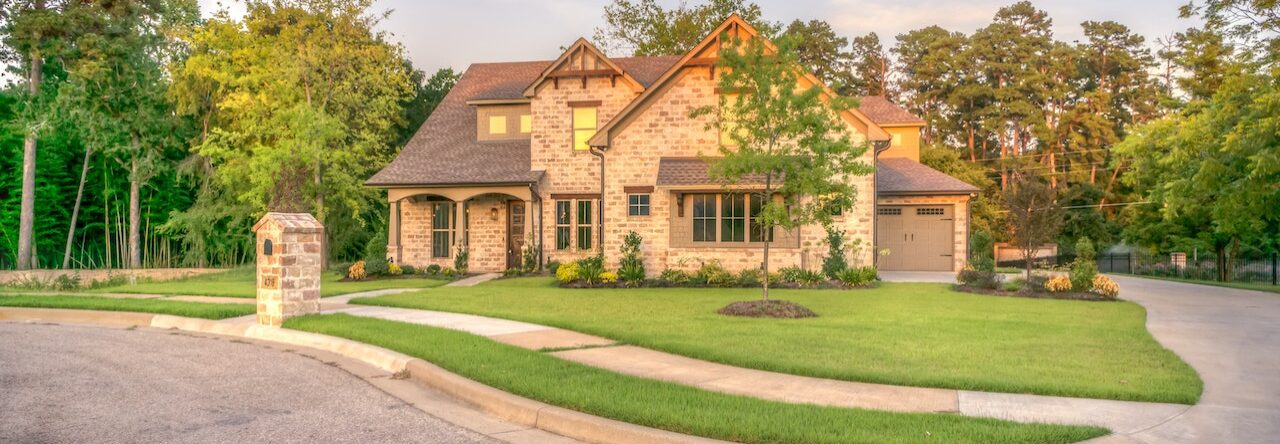Maintaining a healthy and vibrant lawn in Marietta, Georgia, requires more than just regular mowing and watering. A significant challenge that homeowners often face is managing common lawn pests and diseases that can compromise the beauty and vitality of the turf. Understanding the types of pests and diseases prevalent in Marietta’s climate and adopting effective management strategies is essential for a successful lawn care routine. In this article, we will explore the common lawn pests and diseases in Marietta, GA, and provide valuable insights into how to manage them.
Common Lawn Pests:
Chinch Bugs:
Chinch bugs are a notorious pest in Marietta lawns, especially affecting St. Augustine grass. These tiny insects feed on grass sap, causing yellowing, browning, and eventually death of the affected areas. To manage chinch bugs, maintain a healthy lawn through proper watering and fertilization, as stressed grass is more susceptible. Apply insecticides labeled for chinch bug control if their presence is confirmed.
Armyworms:
Armyworms are caterpillars that can cause extensive damage by feeding on grass blades. They are particularly active during warm seasons and can quickly defoliate a lawn if left unchecked. Look for signs of irregular chewed areas and presence of caterpillars. Apply insecticides as needed, and consider using biological controls like nematodes.
Grubs:
Grubs are the larvae of various beetles and can cause significant damage by feeding on grass roots. An infestation often leads to brown patches that can be easily lifted like a carpet. Apply grub control products in late spring or early summer to target young larvae and prevent damage.
Sod Webworms:
Sod webworms are another type of caterpillar that feed on grass blades, causing irregular brown patches. They are most active during warm months. Look for evidence of their presence, such as small tubes made of grass blades and webbing. Apply appropriate insecticides to control their population.
Common Lawn Diseases:
Brown Patch:
Brown patch is a prevalent fungal disease in Marietta lawns, particularly affecting cool-season grasses during warm and humid conditions. It causes circular brown patches with a darker border. To manage brown patch, avoid excessive nitrogen fertilization, water in the early morning, and improve air circulation by pruning overhanging branches.
Dollar Spot:
Dollar spot is another fungal disease that creates small, round patches that resemble silver dollars. It often occurs in lawns with nitrogen deficiency and excessive thatch. Manage dollar spot by maintaining proper nitrogen levels, dethatching as needed, and improving soil drainage.
Pythium Blight:
Pythium blight is a disease that thrives in hot and humid conditions, causing patches of wet, slimy grass that appear greasy in the morning. Overwatering and poor drainage contribute to its development. To manage pythium blight, avoid excessive watering, improve drainage, and use fungicides as a preventive measure.
Rust:
Rust appears as orange or reddish-brown powdery pustules on grass blades. It’s common in Marietta’s humid summers. Rust often indicates poor lawn health, so focus on proper fertilization and irrigation practices to prevent its occurrence.
Effective Management Strategies:
Proper Cultural Practices:
Implementing proper cultural practices is the foundation of effective pest and disease management. Maintain proper mowing height, watering, and fertilization to promote a healthy and resilient lawn that can better withstand pest and disease pressures.
Resistant Grass Varieties:
When establishing or overseeding your lawn, consider using grass varieties that are resistant to common pests and diseases in Marietta, GA. Choosing the right grass type can significantly reduce the risk of infestations.
Integrated Pest Management (IPM):
Adopt an Integrated Pest Management approach that combines preventive measures, cultural practices, and targeted treatments. IPM focuses on identifying pests and diseases early and using the least toxic methods for control.

Proper Watering:
Water your lawn in the early morning to allow grass blades to dry during the day, reducing the risk of fungal diseases. Avoid overwatering, as excessively moist conditions can encourage disease development.
Fertilization and Soil Health:
Proper fertilization supports grass health and helps the lawn recover from pest and disease damage. Ensure a balanced nutrient profile and maintain optimal soil pH through regular soil testing and amendments.
Aeration and Dethatching:
Regular aeration and dethatching improve soil drainage and air circulation, creating an environment less favorable for disease development.
Regular Inspections:
Conduct routine inspections of your lawn for signs of pests or diseases. Early detection allows for prompt action and minimizes the extent of damage.
Proper Disposal:
If you’ve removed diseased plant material, make sure to dispose of it properly to prevent the spread of diseases.
Selective Chemical Treatments:
If necessary, use chemical treatments such as insecticides or fungicides. Opt for targeted treatments to minimize harm to beneficial organisms and the environment.
Professional Assistance:
If pest or disease infestations become overwhelming, consider seeking the help of a professional lawn care service. They can provide expert advice and tailored treatments.
Managing common lawn pests and diseases in Marietta, GA, requires a combination of preventive measures, cultural practices, and targeted treatments. By understanding the pests and diseases that commonly affect the region and adopting effective management strategies, you can maintain a healthy and beautiful lawn that enhances the curb appeal of your home. With consistent care and attention, you’ll be well-equipped to tackle pest and disease challenges and enjoy a thriving lawn year-round.
